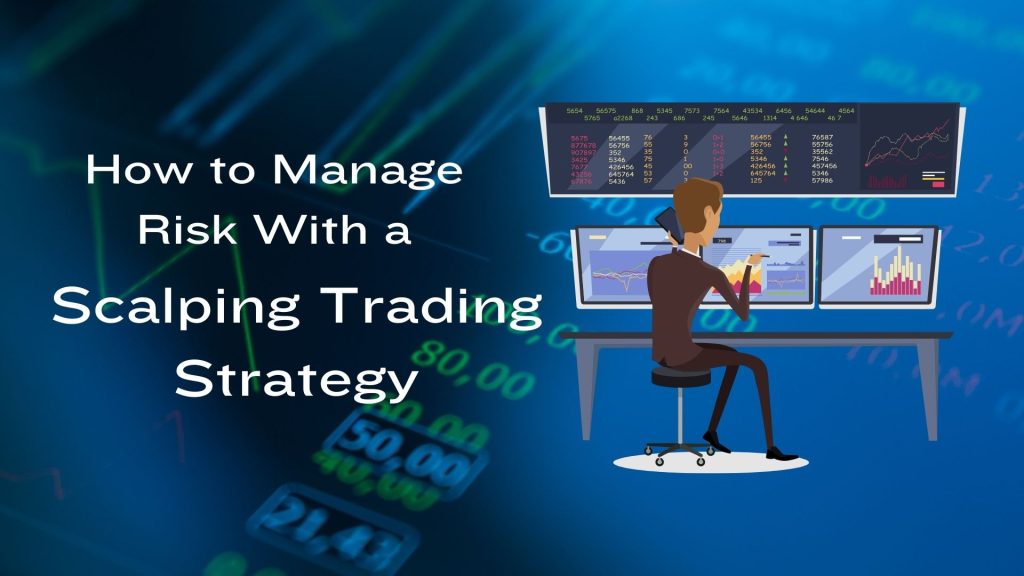
How to Manage Risk With a Scalping Trading Strategy
The scalping trading strategy profits from small price changes, executing trades within minutes or seconds. Here, the high speed and frequency of trades can quickly amplify potential profits and losses. Effective risk management is necessary in scalping To avoid losses.
What is Scalping?
Scalping applies quick, short-term trades to capture minimal price movements in the market. Scalpers often make decisions using technical analysis tools and chart patterns. Common tools include moving averages, MACD (Moving Average Convergence Divergence), and RSI (Relative Strength Index). They help identify entry and exit points on price charts.
Find the ideal trading and liquidity partners and join the global network of professionals now!
Risk Management Strategies
Here are risk management strategies for scalpers:
Set Strict Stop Loss Orders
A stop-loss order automatically closes a trade at a predetermined price to limit potential losses. It is essential in scalping, where large price swings can occur swiftly. Traders must set effective stop-loss points based on the volatility of the asset and the trader’s risk tolerance. For example, if a stock has a daily volatility of 2%, a scalper might set a stop-loss order within a 0.5% price movement.
Utilize Proper Position Sizing
Position sizing effectively manages risk. It determines how much capital is allocated to each trade and ensures that a loss on a single trade doesn’t significantly impact the overall trading capital. Common strategies include the percentage risk model, where traders risk a fixed percentage of their capital per trade, and the fixed dollar model, where the dollar amount risked per trade is constant.
Implement Tight Take Profit Levels
Traders use take-profit orders to exit a position once they reach a certain profit level, locking in gains. Due to the small profit margins in scalping, traders must set tight take-profit levels. These are often just a few pips away from the entry point in forex trading or a few cents in stock trading, depending on the asset’s typical price movement and liquidity.
Regular Strategy Review and Adjustment
Traders must continuously evaluate and adjust trading strategies based on actual performance data. They also should use backtesting with historical market data to measure the effectiveness of strategies, adjusting methods as market conditions evolve.
Continuous Learning and Adaptation
Market players must keep abreast of market changes and global financial news to stay competitive. Engaging with ongoing educational resources such as webinars, online courses, and trading seminars helps refine skills and strategies.
Choosing the Right Trading Platform
- Opt for platforms that offer low latency to ensure rapid trade execution.
- Look for essential features like real-time data feeds, advanced charting tools, and a customizable interface.
- Test platforms using demo accounts to evaluate performance and suitability without financial risk.
Conclusion
Strong risk management is inevitable for scalping success. Traders should diligently apply these strategies to protect capital and maximize profitability.
Contact us to make your business more visible!
Follow us on LinkedIn to get daily financial updates.





